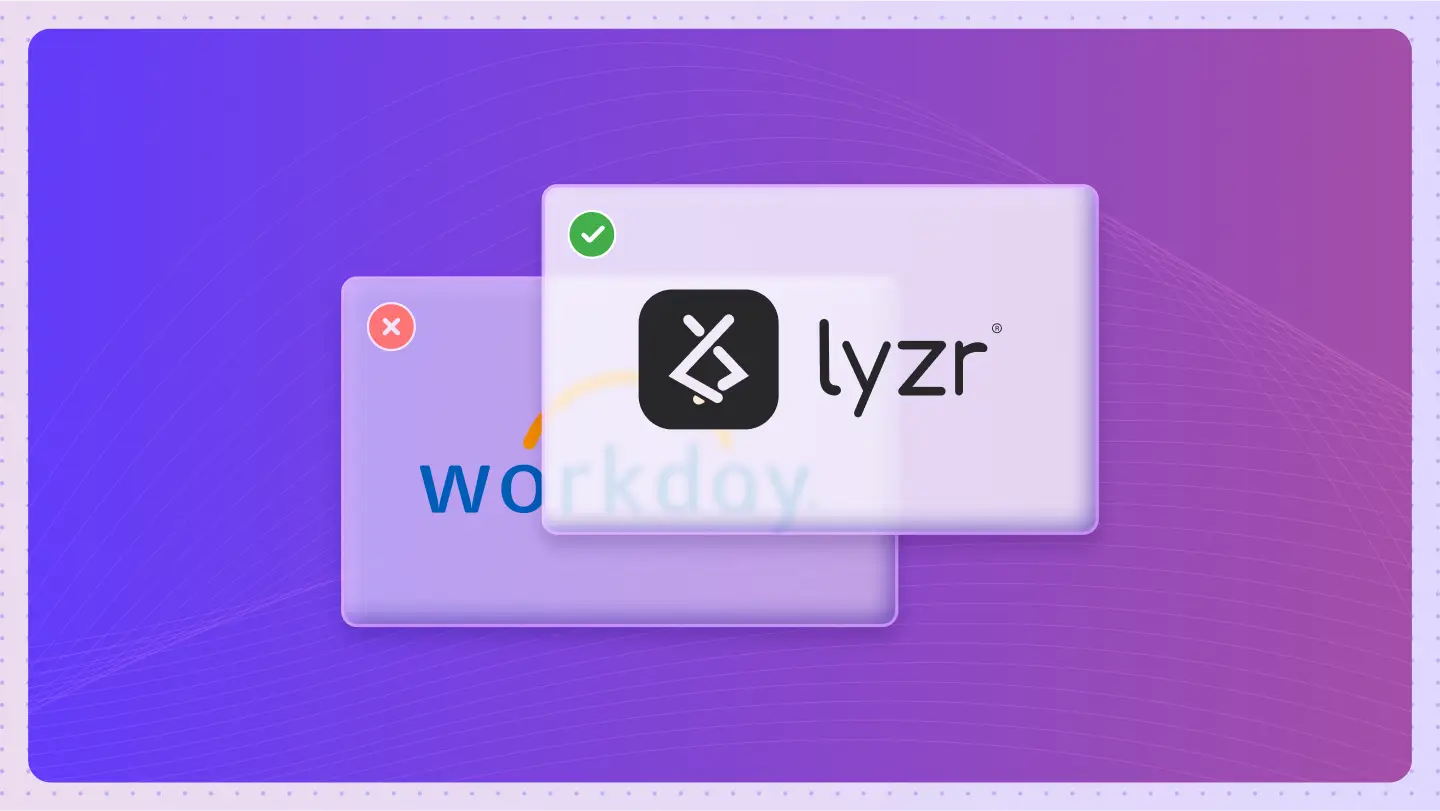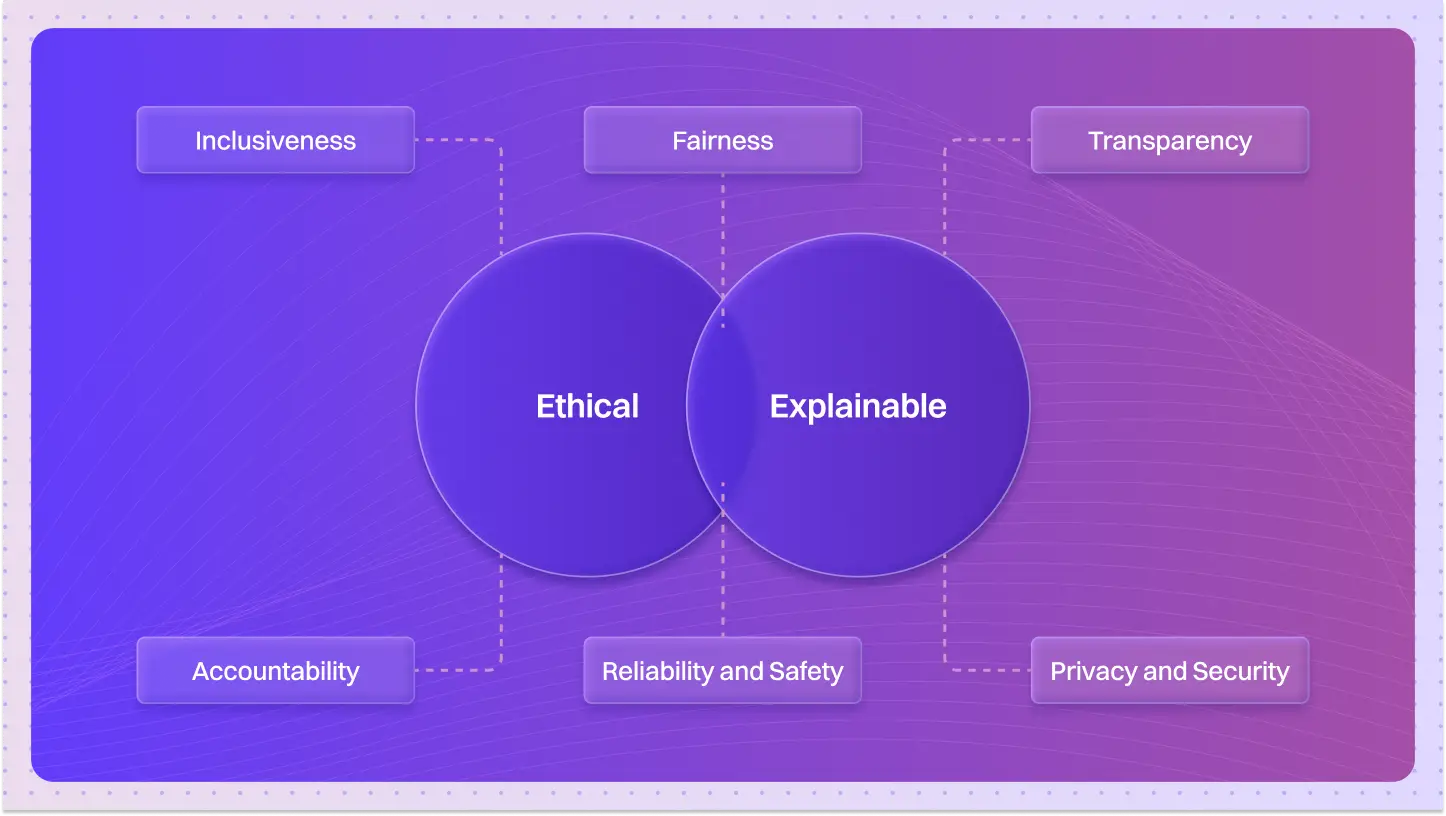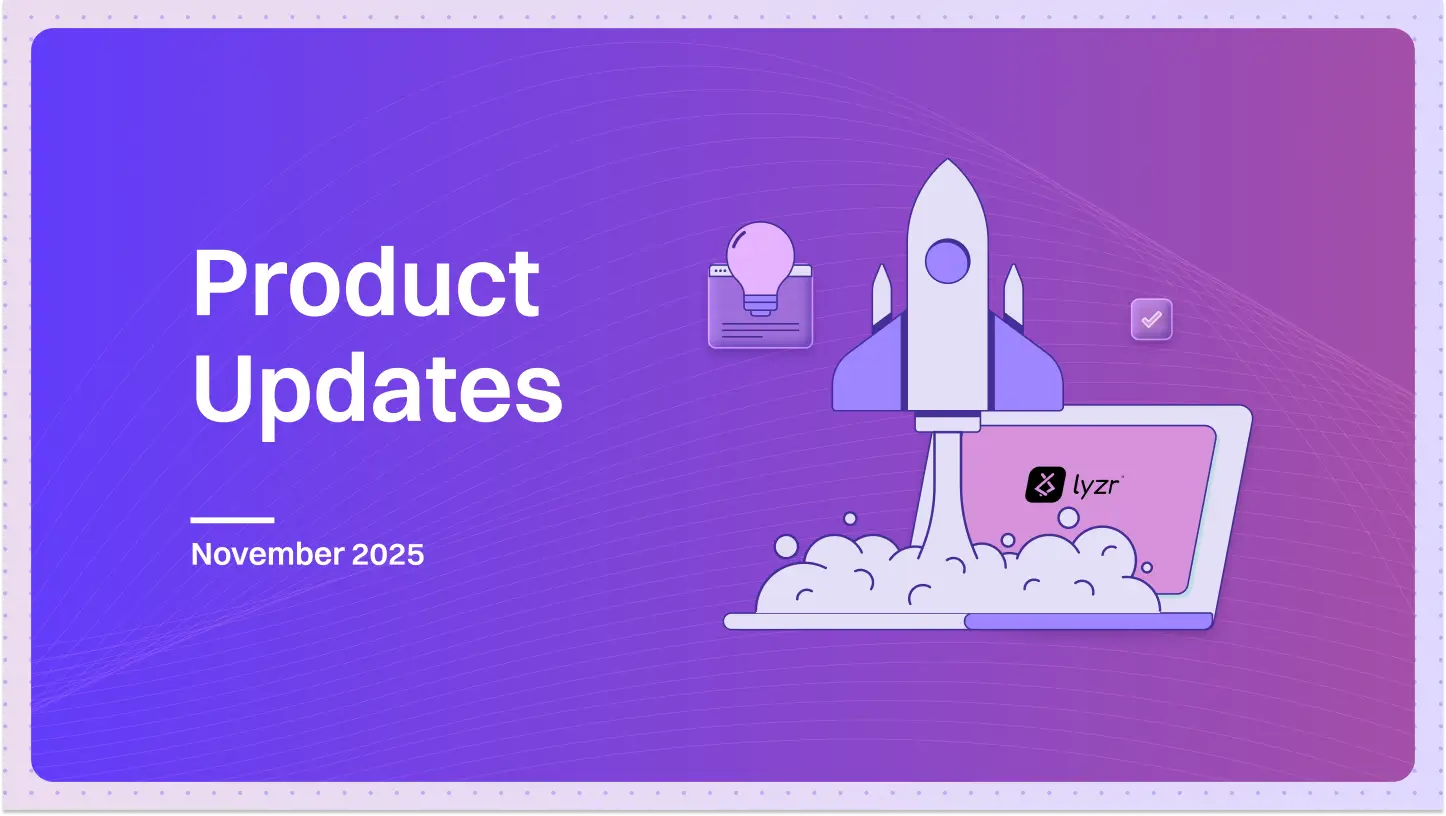The era of the all-knowing, monolithic AI is over.
Composable AI Agents are modular artificial intelligence systems.
They can be combined, rearranged, and integrated like building blocks.
They work together to perform complex tasks, with each agent specializing in different functions.
Think of it like a specialized project team.
You have a researcher, a writer, and an analyst.
Instead of hiring one generalist to do everything (often poorly), you assemble the perfect team of experts.
You can even reorganize that team based on the next project’s needs.
That’s the power of composability.
Understanding this shift is crucial.
It’s the difference between building a fragile, one-size-fits-all tool and an adaptable, resilient AI ecosystem that can solve real-world business problems.
Composable AI agents
They are specialized AI models.
Each one is designed to be an expert at a single task or a small set of related tasks.
A research agent.
A code generation agent.
A data analysis agent.
The key is “composable.”
It means they are built to be connected.
You can link them together in a chain or a more complex workflow.
The output of one agent becomes the input for the next.
This allows you to build sophisticated, multi-step processes by combining simple, reliable components.
How do composable AI agents differ from traditional AI systems?
The difference is fundamental. It’s about architecture and philosophy.
- Monolithic AI: A single, massive model tries to do everything. It’s powerful but inflexible. Updating one part of its functionality is difficult and risky, potentially affecting everything else.
- Composable Agents: This is a distributed approach. Tasks are broken down and assigned to specialized agents. You can update, improve, or replace the “research agent” without touching the “writing agent.” This makes the entire system more robust and easier to maintain.
- Simple AI Tools: A tool that translates text or generates an image performs one function in isolation.
- Composable Agents: They are designed for communication and collaboration. They can be dynamically orchestrated to solve problems that require multiple steps and different capabilities, passing information and context between each other.
- Traditional Automation: This follows a rigid, pre-programmed script. If X, then Y.
- Composable Agents: These agents have a degree of autonomy. Within their domain, they can make decisions and adapt their behavior based on the information they receive from other agents or the environment.
What are the key benefits of using composable AI agents?
The move toward composability isn’t just a trend.
It delivers tangible advantages.
Specialization and Quality
Each agent is an expert in its domain.
A coding agent trained specifically on code generation will outperform a generalist model asked to write code.
This focus leads to higher-quality, more reliable outputs.
Flexibility and Agility
Need to add a new step to your workflow, like sentiment analysis?
Just add a sentiment analysis agent.
Want to swap out your data provider?
Just change the data-gathering agent.
The system is modular, not monolithic.
Lyzr AI, for example, allows businesses to assemble custom agentic workflows.
You can combine a research agent with an analyst and a writer to automate the entire process of creating market reports.
Efficiency and Scalability
You can run agents in parallel.
While one agent researches a topic, another can be analyzing a separate dataset.
This speeds up complex tasks.
Microsoft’s Copilot Stack is a great example, using different agents for coding, documents, and data analysis that work in concert.
Maintainability
If a single agent fails or produces a poor result, you know exactly where the problem is.
Debugging a small, specialized component is far simpler than trying to diagnose an issue within a giant, black-box model.
Even Anthropic’s Claude has a modular design, with separate components for understanding and reasoning that can be improved independently.
How do composable AI agents communicate with each other?
Communication is the linchpin of any composable system.
It isn’t random chatter.
It’s structured and purposeful, usually managed in one of a few ways.
An Orchestrator
A central “manager” or “conductor” agent directs the workflow.
It calls Agent A and gives it a task.
When Agent A is done, the orchestrator takes the output and passes it to Agent B.
This is a common and straightforward pattern.
Message Passing Protocols
Agents communicate directly with each other based on a set of rules.
Frameworks like CAMEL (Communicative Agents for Mind Exploration of Large Scale Language Model Society) define these protocols.
An agent might broadcast a request for a specific piece of information, and another agent with that specialty will respond.
Shared State
Imagine a shared digital whiteboard.
Each agent can read what’s on the board and write its own contribution to it.
This “state” is updated as the workflow progresses, allowing agents to stay synchronized without direct back-and-forth messaging.
What technical frameworks support composable AI agent development?
You don’t have to build these systems from scratch.
The core isn’t about general coding; it’s about using robust frameworks designed for agent interaction.
- Orchestration Frameworks: Systems like AutoGen or CrewAI are built specifically to manage teams of AI agents. They handle the execution flow, state management, and the complex interactions between different agents. They are the “project managers” for your AI team.
- Graph-Based Frameworks: LangGraph is a powerful tool for building stateful, multi-agent applications. It allows you to define workflows as a graph, where each node can be an agent or a tool. This enables complex cycles and decision points, moving beyond simple linear chains.
- Collaboration Protocols: As mentioned, specific protocols like CAMEL provide the “rules of conversation” that govern how agents exchange information, ask questions, and provide answers to one another in a structured way.
Quick Test: Can you build the right agent team?
Let’s say your goal is to create a detailed market analysis report for a new tech product.
Which agents would you assemble for your team?
- A Web Research Agent to gather the latest news, competitor data, and market trends.
- A Data Analysis Agent to process sales figures and user demographics from a CSV file.
- A Content Writing Agent to take the structured findings and draft the report.
- A Summarization Agent to create a concise executive summary from the final report.
The workflow would likely follow that exact order, with each agent handing off its completed work to the next specialist in line.
Questions That Move the Conversation
What skills or specializations can individual AI agents have in a composable system?
Virtually anything. Common specializations include data scraping, code generation, database querying, sentiment analysis, image creation, API interaction, and mathematical reasoning. The more specific the skill, the more effective the agent.
How is orchestration managed between multiple composable AI agents?
It can be centralized, with one “orchestrator” agent directing the entire workflow. Or it can be decentralized, where agents follow pre-set protocols to communicate and pass tasks among themselves without a single manager.
What are the computational requirements for running composable AI agent systems?
It varies. A single agent might be very lightweight. However, running multiple powerful agents in parallel can be computationally expensive. The benefit is that you only use the resources for the agents you need at any given moment.
Are composable AI agents more or less secure than single large model implementations?
It’s a trade-off. You can isolate risks to individual agents (if one is compromised, it doesn’t bring down the whole system). However, you also create more communication channels between agents, which must be secured.
How does error handling work in a multi-agent composable system?
It’s more robust. You can build in retries at the individual agent level. If an agent fails, the orchestrator can route the task to a different fallback agent or report the specific point of failure, which is much harder in a monolithic system.
Can composable AI agents learn from each other?
Yes, indirectly. They can learn through shared feedback loops. If the final output of a workflow is rated poorly, the orchestrator can provide feedback to the specific agents that contributed, helping them adjust their future performance.
What are the challenges in designing effective composable AI agent architectures?
The biggest challenges are defining clear roles and responsibilities for each agent, managing the communication overhead between them, and ensuring the state or context is passed correctly throughout the workflow.
How do you evaluate the performance of composable AI agent systems?
You evaluate on two levels: the performance of each individual agent on its specific task and the quality of the final, combined output of the entire workflow. Both are critical.
Can composable AI agents work with both structured and unstructured data?
Absolutely. This is a key strength. You can have one agent that is an expert at parsing unstructured text from the web and another that is an expert at querying a structured SQL database.
What’s the relationship between composable AI agents and microservices architecture?
The philosophy is nearly identical. Microservices break a large software application into small, independent, communicating services. Composable AI does the same thing for complex AI tasks, breaking them down into small, independent, communicating agents.
This isn’t just a new way to build AI.
It’s a more logical, resilient, and scalable paradigm for creating intelligence that mirrors how the best human teams collaborate to solve complex problems.







